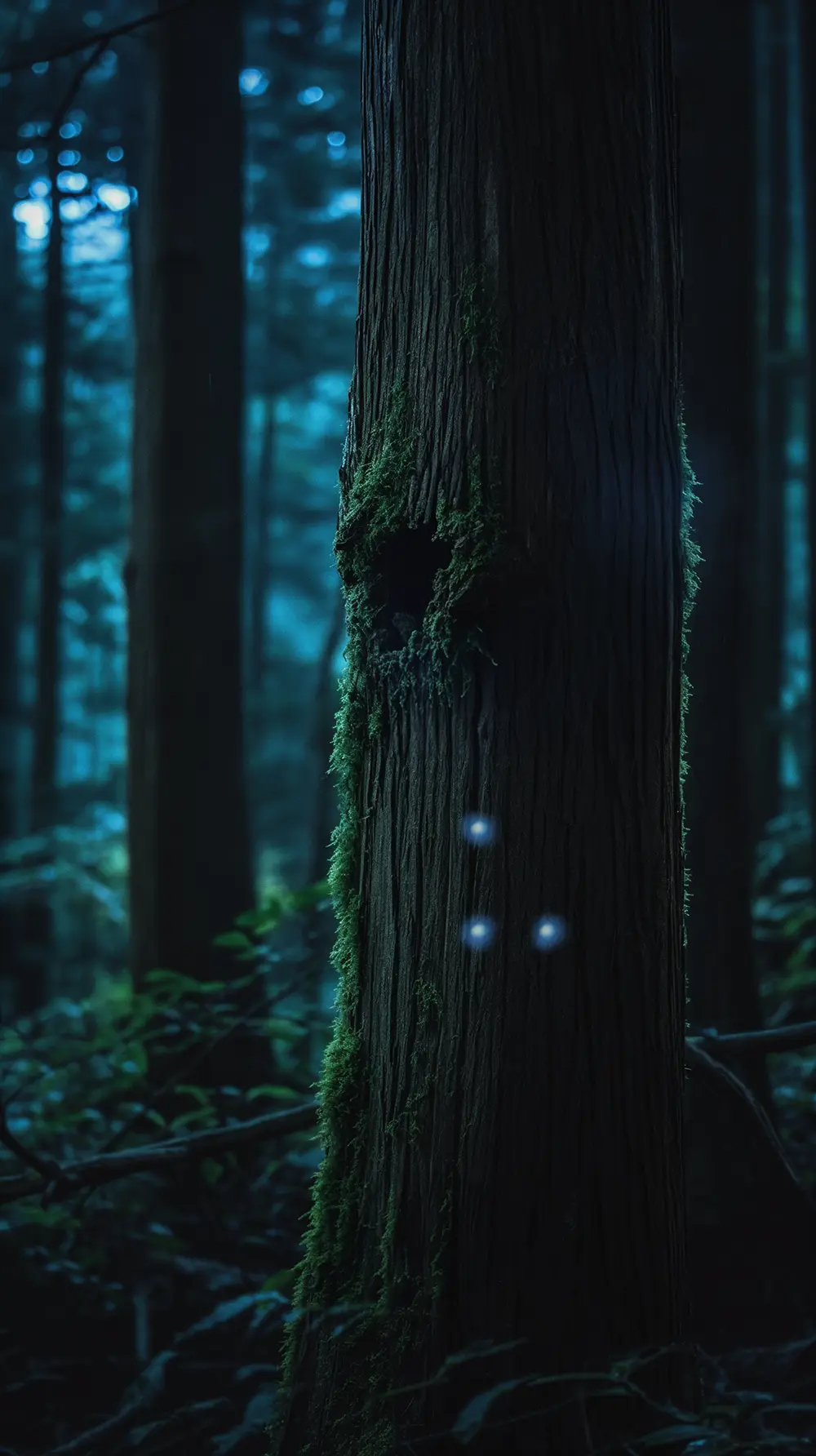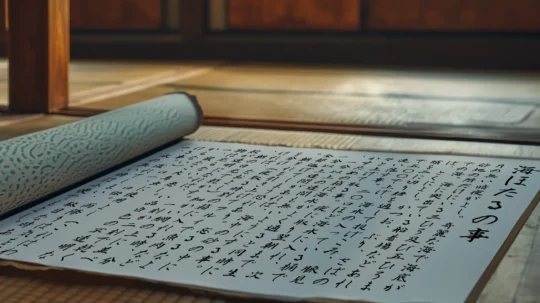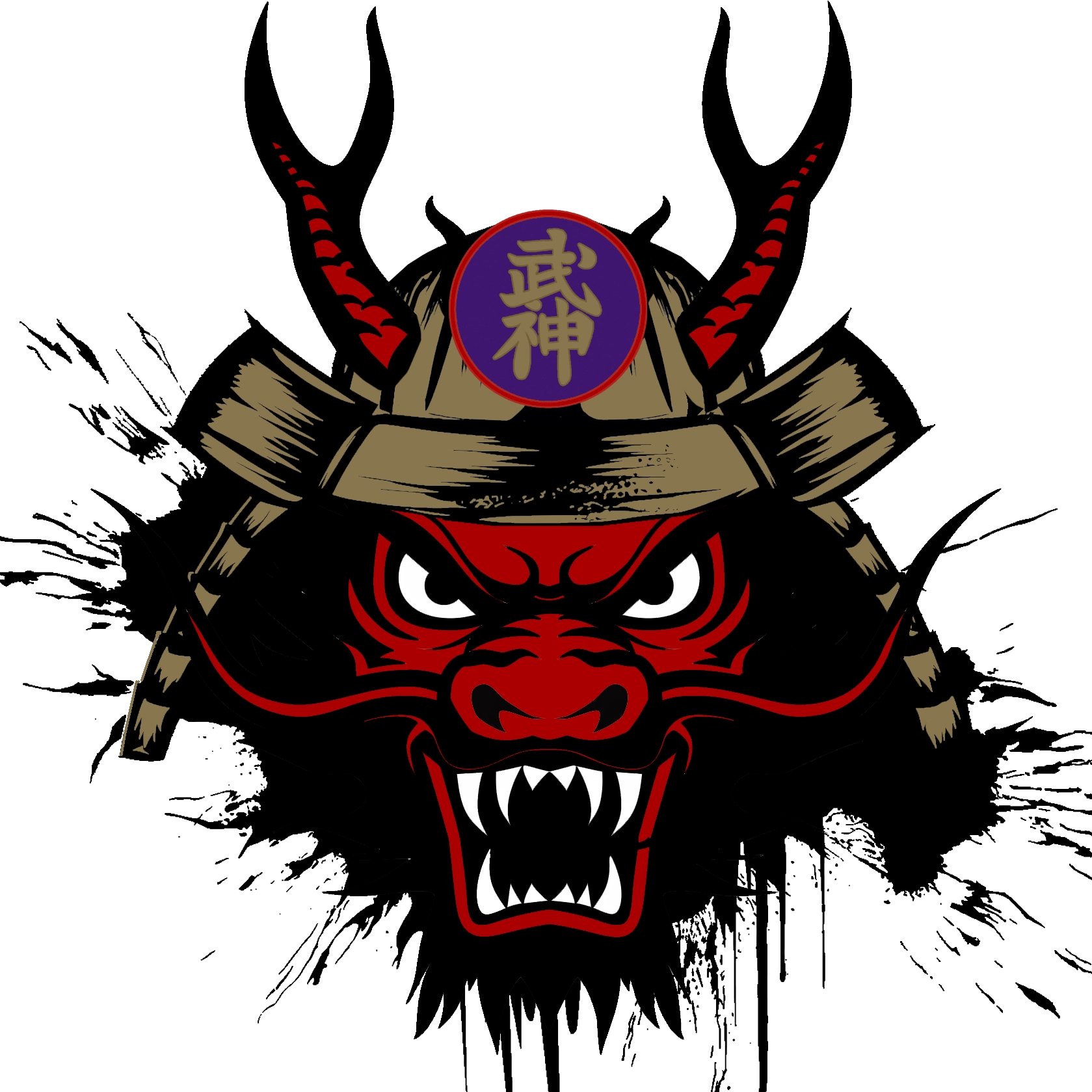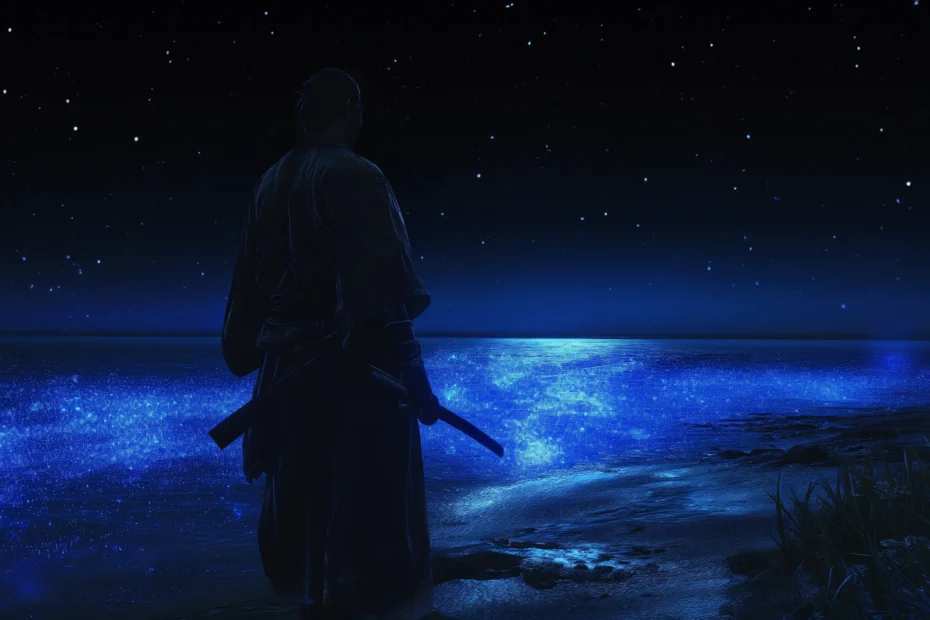In the realm of stealth and strategy the Ninja once harnessed 海蛍 Umi Hotaru, sea-fireflies (Vargula hilgendorfii) a remarkable natural phenomenon as a nighttime guide. This essay delves into their ingenious use of these bioluminescent creatures for night operations.

The Art of Light in Darkness
The Ninja sought clear seas with sandy bottoms, ideal habitats for sea-fireflies. Using bait, they attracted and collected these luminous beings with precision. Ninjas kept them alive until needed, showcasing an exceptional understanding of nature and resourcefulness.
These creatures served as a subtle light source. They enabled ninjas to read maps and signal allies undetected by enemies. The method not only reflects their survival skills but also their innovative approach to problem-solving.
The practice of using sea-fireflies illuminates the depth of ninja ingenuity. It exemplifies their ability to blend with the natural world, turning simple organisms into tools of espionage and communication.
Below is a small segment from the Hizō no Densho from the Yasuda-ryū translated.

Regarding 海蛍 Umi Hotaru
Dark, moonless nights are best. Sea fireflies are found only in beautiful seas with sandy bottoms, up to three to five Hiro (a unit of measurement) deep. If there’s a protruding dock or similar structure, it’s especially good. Cut the heads of bonito, yellowtail, or mackerel in half, thread them, and throw them into the sea. Lift them after counting to 500 to wash off in a bucket of seawater. Put about twenty in seawater, lift and collect them one after another.
To keep them alive until the next morning, use a box that allows seawater to flow through well but doesn’t have gaps larger than 一分 one Bu (3.03 mm); otherwise, they might escape into the sand. Don’t forget this.
In the morning, separate them from fish flesh using a sieve (if separated when collected at night and placed in another box, it’s even better), lay them on a fine net, and dry them in the morning sunlight. They dry in about a quarter or half an hour; the shell becomes transparent, and only the white, opaque ones won’t glow. Bad.
– Good for use against rats, large birds, and insects (this is unclear). Oral tradition. Be careful when it rains; they can wash away and be ruined.
– If there’s no water, urine is also fine.
– Discuss the method of attachment with allies.
– To inform those coming later.
– For use on the way back. In places invisible to the enemy but visible to the infiltrator, bad places, good places (when facing the enemy outward), west, near the entrance of lavatories, from that place visible, rarely visited by people but clearly visible, inside a pond (moats are bad because they’re too wide), under eaves, under the floor, at the folding point of a ladder ascending from below, at a stone dropping point.
About 海蛍 Umi Hotaru on night paths.
– Apply at the base of trees. Even if it rains, the water sliding down the tree won’t wash it away. Heavy rainfall is bad for the base of the tree.
– If it’s raining heavily, break a branch and attach it in the direction of the path. Tie the branch above where the firefly is attached. When returning from a ninja mission, remove it. Fireflies are good.
– When water is added, they can glow for about one and a half minutes per inch and minute. Good in spring, autumn, and winter; in summer, they last for about a quarter of an hour. Good.
– High places (climbing up to attach takes time), low places are easily discovered. However, since Yasuda-ryū’s fireflies are used at night, one foot above the ground is best.
– To inform and communicate with those coming later. Use standing 1, 2, 3, horizontal 1, 2, 3, L-shaped 1, 2, 3, circle (draw thickly) 1, 2, 3, “me” 1, 2, 3, all types of combinations. Windmills are good in windy conditions – spinning fire (used in high places) is very good.
– Decide the length of the string based on the wind’s strength. No fireflies on the back.
– Attach to a tree branch. With the wind, it spins, having fireflies painted on one side only, so it appears and disappears. Do not attach within reach.
– To distract the enemy or as a sign for allies. Decide the length of the string based on the wind’s strength.
– For transport, just roll it up.
– Dark nights are preferable, but if there’s a moon, the lower, darker spots are best.
– High trees within a forest are very good. However, decide by throwing a string over them. But it should be visible from below.
This translation was done by ChatGPT and may not be 100% accurate. I suggest you go to Sean Askew’s web site and find a better translation. The whole 秘蔵の伝書 Hizō no Densho from 矢寿駄流 Yasuda-ryū is published in the end of Masaaki Hatsumi’s book 忍法大全 Ninpō Taizen.
Footnotes:
- 海蛍 (Umi-hotaru): Sea-firefly. “海” (umi) means sea, reflecting their habitat. “蛍” (hotaru) means firefly, indicating their bioluminescent nature.
- 奇麗 (Kirei): Beautiful. “奇” signifies strangeness, “麗” beauty, together highlighting the aesthetic appreciation in the ninja culture.
- 暗夜 (An’ya): Moonless night. “暗” means dark, “夜” night, emphasizing their preference for operations under cover of darkness.
- 砂地 (Sajichi): Sandy bottom. “砂” refers to sand, “地” to earth or ground, indicating the sea-firefly’s preferred habitat.
- 尋 (Hiro) or 広 (Hiro): It is not a standard measuring unit, it probably means pull this rope three to five times.
- 矢寿駄流 (Yasuda-ryū): This old Ninjutsu school did not survive to modern times, but their Densho is still held by a few researchers such as Hatsumi Sōke.
This exploration into the ninja’s use of sea-fireflies reveals a fascinating intersection of nature, strategy, and survival.

